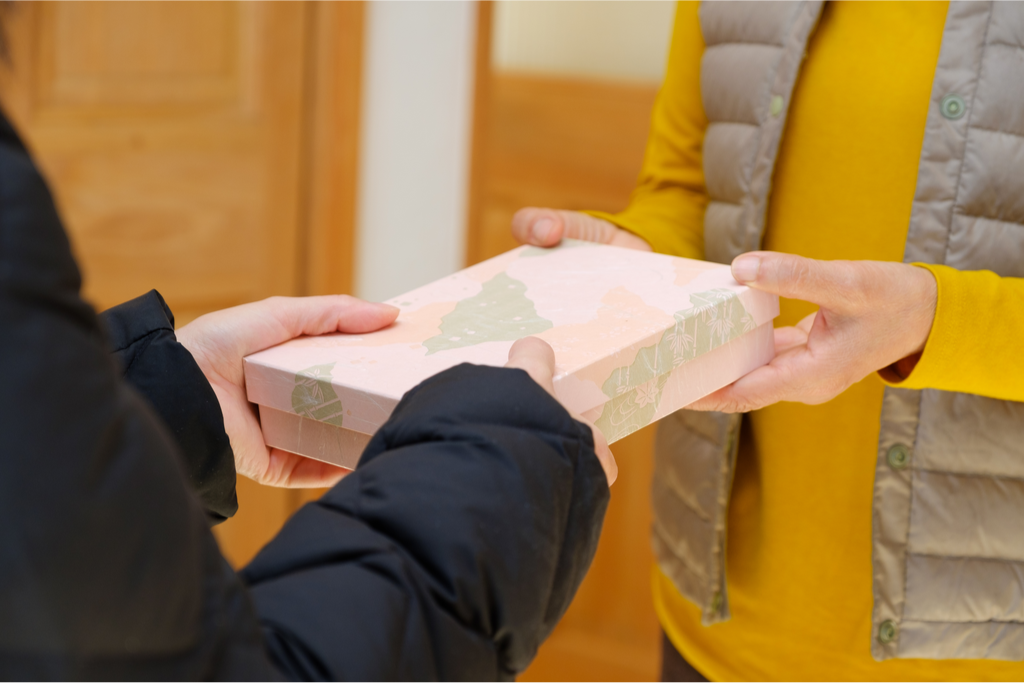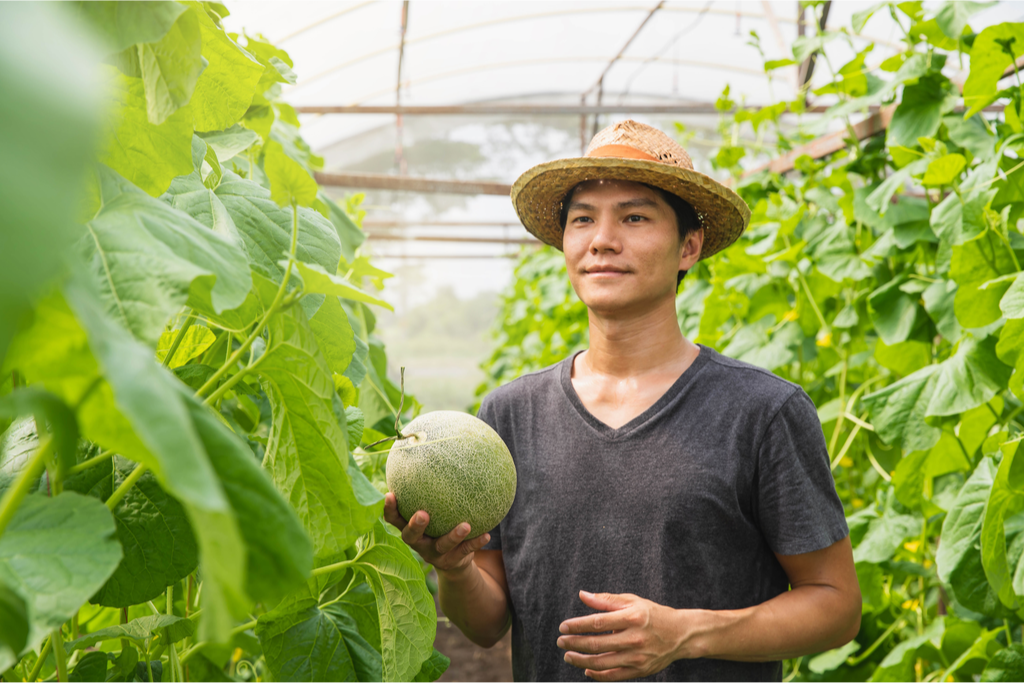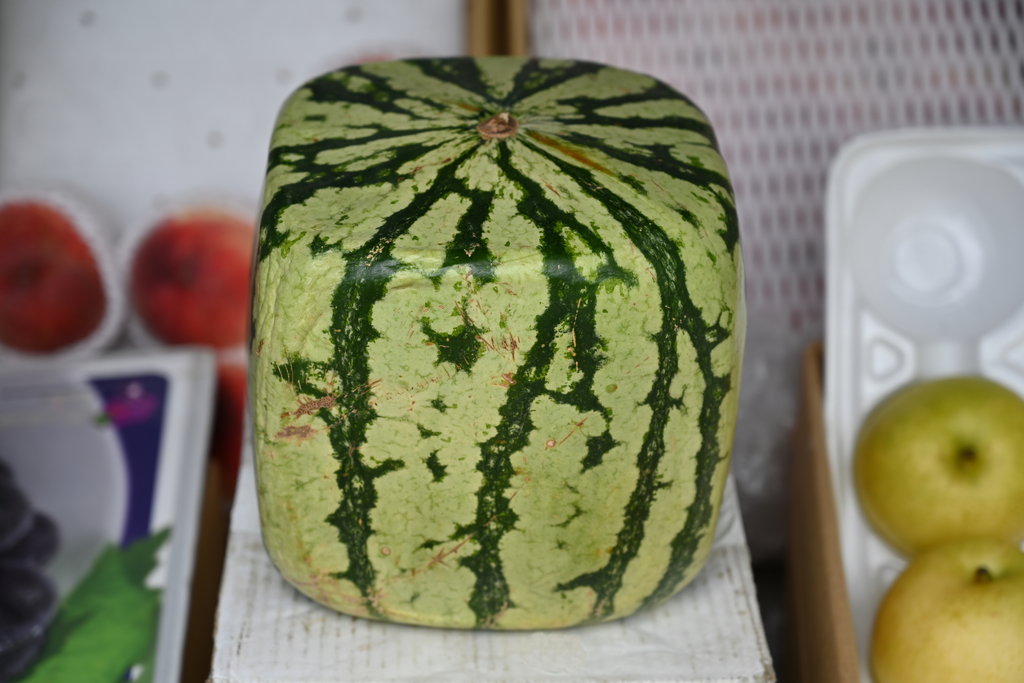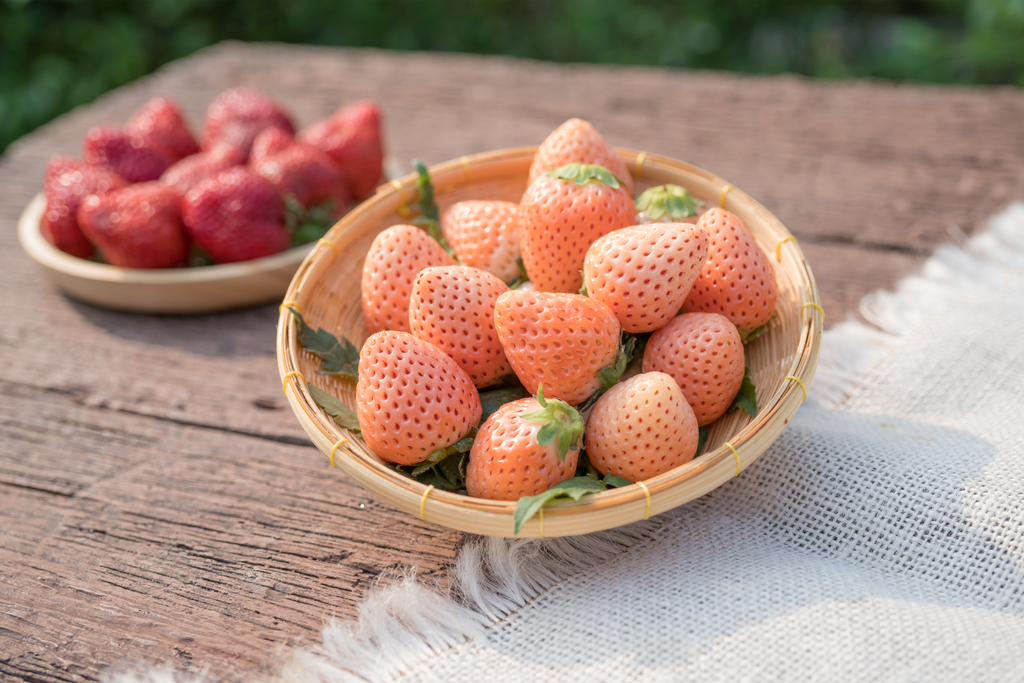Table of Contents
ToggleSold in the country’s most luxurious department stores alongside fine wines and elaborately crafted sweets, Japan’s designer fruit can command unbelievable prices. A phenomenon born out of a long history of building relationships through gifts, Japanese fruit is a popular present for special occasions like weddings or graduations.
Giving Gifts in Japan
Gift giving has been embedded within Japanese culture since ancient times and is closely intertwined with Japan’s two main religions of Shintoism and Buddhism. Food and drink, including fruit, are frequently given as an offering at both shrines and temples. Gifts are an integral part of forming relationships in Japan and considered carefully all the way down to the wrapping.

There are even two distinct gift giving seasons born out of this custom. O-chugen in the summertime and o-seibo at the end of the year. During these seasons Japanese people will send gifts such as food or daily-use items to relatives, superiors or customers. In the past, these gifts would have been served to ancestors or gods on a tray and then shared by family members afterwards.
Nowadays almost anything can be gifted for these occasions, but food and drink remain very popular for both o-chugen and o-seibo and any other opportunity for a gift. Presentation plays a huge role, with specialty wrapping designating the present a part of the specific season.
Looking for a well presented Japanese gift for someone yourself? Sakuraco sends traditional Japanese sweets & snacks from across Japan to their door.
Perhaps the most common kind of gift is the practice of omiyage. Omiyage translates to ‘souvenir’, but it’s a bit more complicated than that. When going away for a vacation or even business trip you are expected to bring something back to share.
It’s specifically for this purpose that almost any place you go visit in Japan will offer colorful boxes of snacks containing individually wrapped servings to bring back and share with colleagues, friends and family. These boxes usually revolve around local specialty food, such as fruit or attractions of the place visited and focus heavily on presentation while they are usually not too expensive. Japanese people take the custom of omiyage very seriously and spend considerable time and money on them as it is essentially expected by people who know you are going away.
Fruit As a Gift
A lot of regions in Japan are proud of their produce. Aomori prefecture in Japan’s north for example is famous for growing apples. But fruit in Japan is expensive all around. With roughly 80% of Japan’s land mass taken up by mountains, space to grow fruit is scarce and its distinct four seasons further restrict availability.

Combining this with a tendency to put only the most presentable food on sale, even at supermarkets, high prices are the norm to begin with. It is not uncommon to pay 10 USD for a ‘standard’ watermelon, so the bar is set high from the start.
A lot of farming in Japan also tends to happen on an overall smaller scale, with farmers taking great pride in the quality of their local soil, water and climate. Some luxury fruit variants created by farmers are only seen as authentic if grown in their place of origin.
Similar to the culture behind the packaging and presentation for omiyage highlighting their origin, fruit is seen to reflect the place and season it was grown in, with not the packaging but the fruit’s color, smell and taste offering a unique experience.
That is not to say that this type of expensive Japanese fruit does not pay attention to packaging. The presentation is akin to confectionery on display, for example by arranging perfectly shaped strawberries in a row like handmade cakes. Growing watermelons in a heart or cube shape has also become popular, while Japanese melons are cultivated to be perfectly round.

This extra time involved has a price, with melons perhaps the best example for just how far the practice can be taken. Shizuoka Crown melons are just one of many varieties of Japanese melons now established and sell for at least 100 USD a piece (or more depending on their grade).
The work that goes into just one melon is immense: Only one melon is grown per vine, they are watered daily for about 100 days, get a little sun hat and are even massaged with white gloves to increase sweetness. They need to pass a strict evaluation of freshness, sugar content, ripeness and flavor before being granted their crown label.
Melons might be the most visible in the expensive fruit sector, but there is certainly no lack of variety. Designer grapes, mangoes, and strawberries are also available. Most visually stunning of these are definitely white strawberries grown on Japan’s southern island of Kyushu.
White Strawberries
Saga prefecture in Kyushu has made a name for itself with a lot of white Japanese strawberry variants discovered and grown exclusively there. They all feature rather extravagant names to set them apart from competition such as ‘Snow Rabbit’, ‘Fruit of the Angels’ or ‘White Jewel’. The latter has made a name for itself through its large size, white colour and 10 USD price tag per single berry.

Grown with limited exposure to sunlight, only 10% of these strawberries will actually remain white after harvesting, adding to the hefty price tag. After being given the Japanese gift wrapping treatment, actually presenting them like a jewel, they find their way onto the shelves of department stores nationwide.
Designer melons and strawberries are just the tip of the iceberg, but their labor intensive production and presentation are perfect examples for the gift culture that underlies them. A fruit that has been hand massaged is bound to leave an impression as a gift.
Have you tried any luxury fruit in Japan? Was it worth it? Let us know in the comments below!









